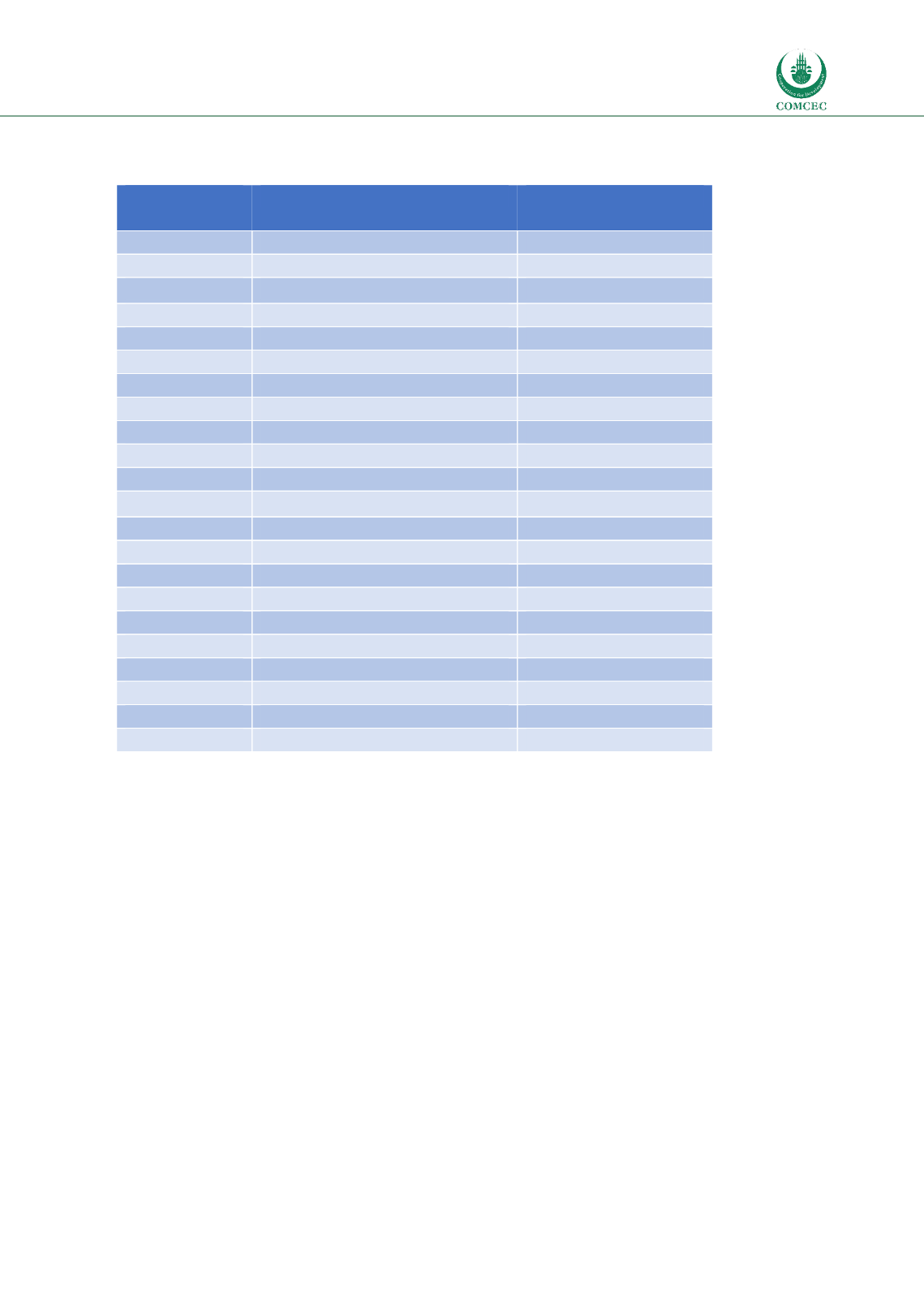

Risk & Crisis Management in Tourism Sector:
Recovery from Crisis
in the OIC Member Countries
117
Table 5.3: International Visitor Arrivals and Foreign Exchange Earnings - Thailand
Year
Arrivals (million)
Receipts (US$ billion)
1995
6.95
7.6
1996
7.2
8.7
1997
7.22
8.75
1998
7.7
6.4
1999
8.6
6.7
2000
9.5
7.1
2001
10.06
6.7
2002
10.8
7.9
2003
10
7.8
2004
11.65
10.0
2005
11.52
9.6
2006
13.82
13.4
2007
14.46
16.6
2008
14.2
18.1
2009
14.15
15.9
2010
15.9
19.7
2011
19.23
26.25
2012
22.4
30.1
2013
26.5
42.1
2014
24.8
38.4
2015
29.9
44.5
2016
33.2
54.7
Sources: Kontogeorgopolous, 1998; McDowall and Wang, 2009; Mintel, 2015; BMI, 2016; UNWTO online statistics
By 2000, Thailand had begun to forge closer links with neighbours such as Cambodia, Laos and
Vietnam to develop a regional infrastructure leading to itineraries across the region. From 2001,
the Mekong Tourism Development Project and the Greater Mekong Sub-Region (GMS) Tourism
Strategy were significant: the 6 countries of Thailand, Cambodia, Laos, Vietnam, Myanmar and
China (represented by Yunnan and Guangxi Provinces) agreed to cooperate to realize the potential
of the GMS through creating an enabling policy environment and infrastructure linkages that would
facilitate tourism as well as cross-border trade, investment, and other forms of economic
cooperation (Sofield, 2008).
The project was funded by the governments of the countries concerned and by international aid
agencies, in particular the Asian Development Bank. Tourismwas designated as one of the flagship
programmes because it was recognized as a major growth engine for socio-economic development
and poverty alleviation and as a way to promote peace as well as conservation of natural and
cultural heritage. Thailand played a central role in this scheme because its tourism industry and its
economy were more mature than in the other countries. It acts as a hub for tourism and provides
considerable stimulus for the industry throughout Southeast Asia.
















